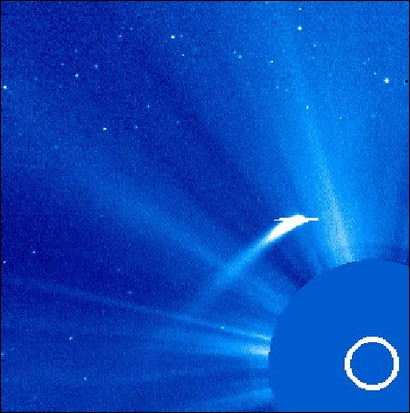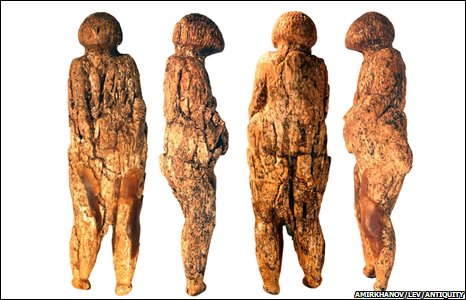The comet, called Machholz 1, was discovered in 1986 by Donald Machholz of Loma Prieta, Calif. Since then, the icy denizen has made a few appearances, including one in 2007.

"A large fraction of comets in our own solar system have escaped into interstellar space, so we expect that many comets formed around other stars would also have escaped," said David Schleicher, a planetary astronomer at Lowell Observatory in Arizona. "Some of these will have crossed paths with the sun, and Machholz 1 could be an interstellar interloper."








Comment: If the secret military projects are years and decades ahead of what is in the public media we can just imagine what wonderful horror lies in store for the human race.
Here are just a few related links on SOTT regarding the military's directed energy weapons:
Boeing ATL Aircraft High-Energy Laser Ground Tested
Army Moves Ahead With Mobile Laser Cannon
US boasts of laser weapon's 'plausible deniability'
Weapons-Grade Lasers by the End of '08?
Airborne laser weapons heating up
Boeing tests airborne laser gun
Laser plane could destroy tanks from 10 miles
Pentagon wants laser attack warnings for satellites
Police, Military roll out Weapons of Mass Distraction
Pentagon investigated lasers that put voices in your head and mimic Schizophrenia
Boeing Conducts Successful Avenger-Mounted Laser Tests
Record power for military laser
New Weapon, Human Tests
Airborne Laser to test-fire in flight
'Star Wars' becomes reality as US unveils laser-equipped 747
Boeing-Led Team Fires Surrogate Lasers From Airborne Laser Aircraft
Administration Conducting Research Into Laser Weapon
Is The U.S. using new experimental "Tactical High Energy Laser" weapons in Iraq?
New weapon could mean the end of collateral damage
Beam weapons almost ready for battle